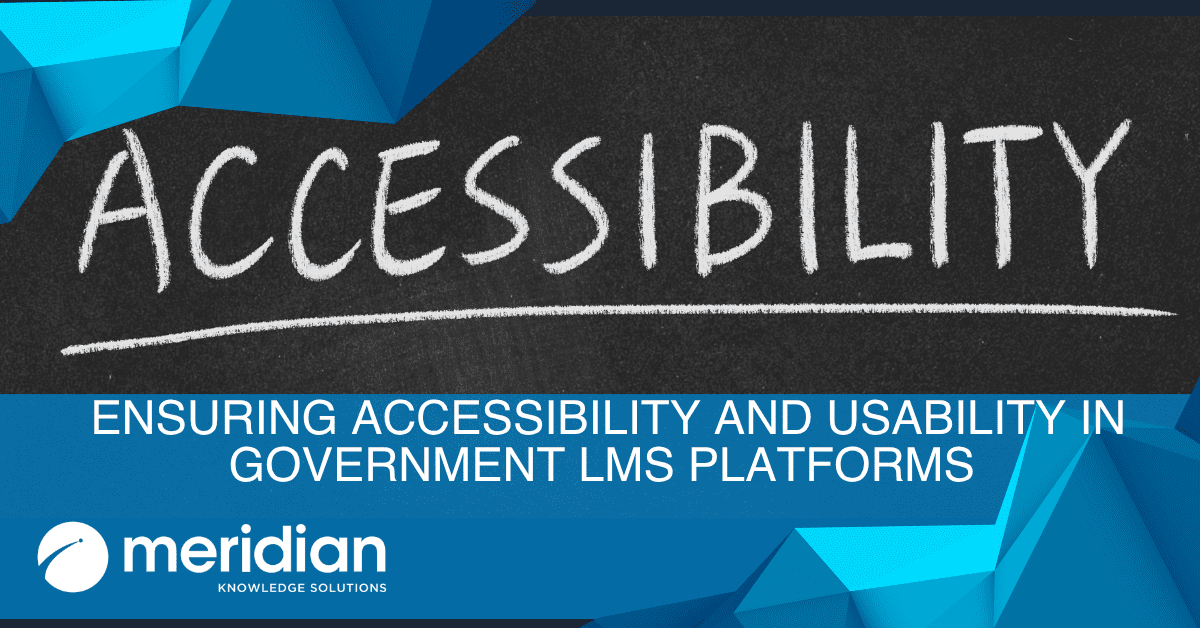
Public sector agencies across the country are bracing for a wave of retirements over the next five years. Firefighters, police officers, EMTs, and other emergency service personnel make up a large portion of the workforce nearing retirement eligibility—often earlier than other government employees due to the high-risk nature of their roles.
This shift will have a profound impact on state and local governments. Agencies that fail to prepare risk losing decades of institutional knowledge, experiencing service disruptions, and facing increased compliance challenges. The question isn’t if the retirements are coming—it’s whether your agency is ready.
Many public safety roles—including fire, law enforcement, corrections, and emergency medical services—allow for earlier retirement. As a result, agencies are experiencing:
Without a structured plan to address these workforce changes, the consequences can ripple across the entire organization and the communities it serves.
Agencies that prioritize training and professional development are better equipped to deal with turnover and retirements. Effective training programs allow agencies to:
Skill and competency data can reveal who is ready for advancement and where gaps remain.
Customized development plans ensure employees are equipped for key technical or leadership roles before vacancies occur.
Employees with clear growth paths are more engaged, more capable, and less likely to leave.
A modern LMS helps agencies build structured learning journeys that align with workforce planning—ensuring no role becomes vulnerable when retirement hits.
Public sector roles often require specialized certifications, licenses, and ongoing training to comply with evolving laws, industry standards, and union regulations. When agencies lose seasoned employees, they also risk losing track of:
Without proper tracking, agencies face increased risk—from audit failures to safety incidents.
Robust certification and license management tools help organizations:
Even beyond retirements, public sector agencies face a challenging labor market. With an unemployment rate hovering around 3.6%, agencies must compete aggressively with the private sector for qualified talent.
Those who invest in employee development have a clear advantage:
Training isn’t just about skill-building; it’s a powerful recruitment and retention strategy.
If your agency has an aging workforce, preparing for retirements isn’t optional—it’s urgent. By strengthening training programs, building succession pipelines, improving certification tracking, and investing in staff development, agencies can ensure continuity, maintain service levels, and protect the well-being of the communities they serve.
Forward-thinking agencies aren’t waiting for vacancies to occur. They are preparing now.